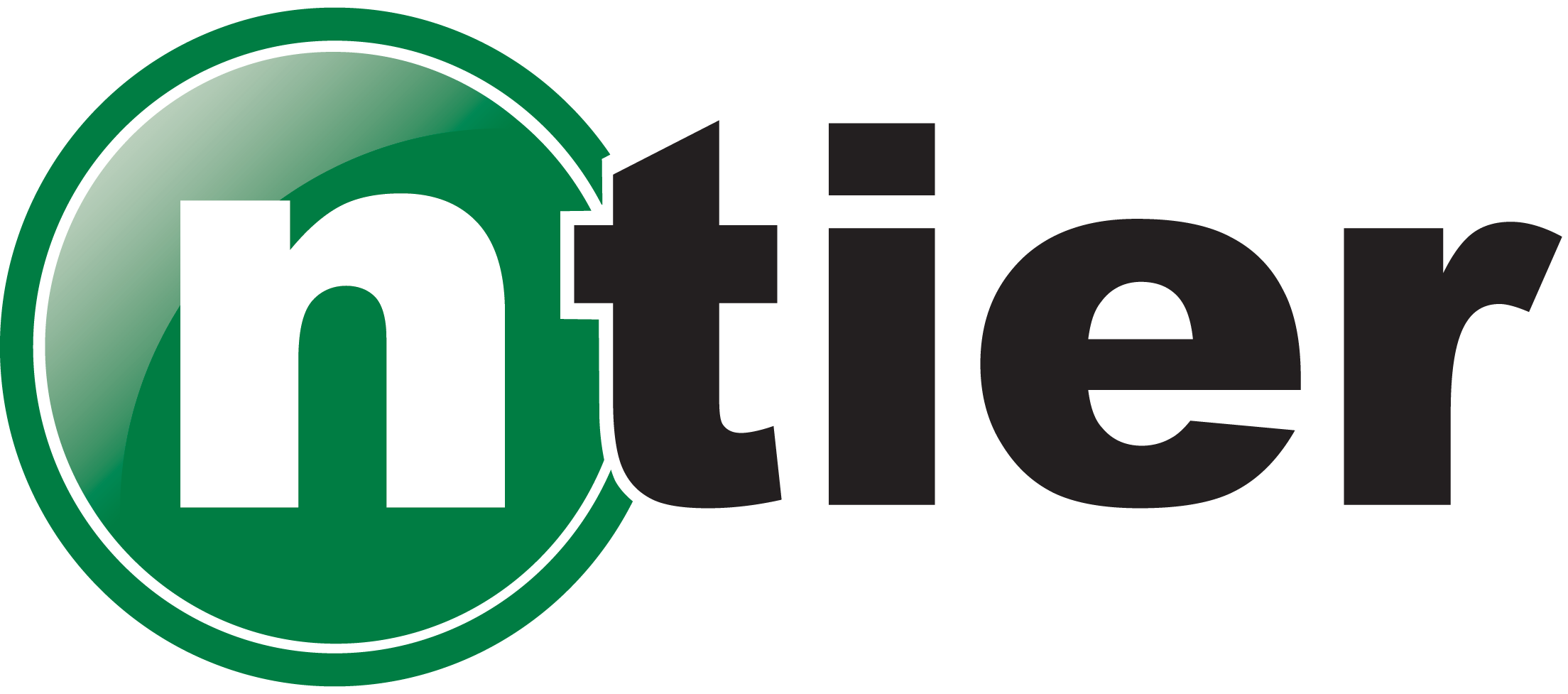Duration: 4 Days
Description
This customizable, four-day workshop is designed to quickly get a team or teams up and running with Scrum. In-class exercises introduce participants to their roles, responsibilities, interactions, tools and Scrum processes. These exercises are then extended to include information from the team’s current project. This workshop allows the team to learn Scrum within their own context and prepares them for their first release planning session and sprint. The workshop’s typical crawl-walk-run format includes: a crawl stage with presentations and discussion of key concepts; a walk stage that includes an experiential exercise to learn how to apply concepts; a run stage where the exercises are repeated using actual data from the team’s project.
Audience
This course is appropriate for one or more newly formed Scrum teams just starting or about to start on a new project.
Objectives
- Understand the fundamentals of Agile, Scrum and Lean
- Discover how to leverage early and continuous feedback to deliver products that delight customers
- Define key roles and responsibilities of Agile team members
- Learn how to improve team productivity and quality by removing impediments and highlighting organizational inefficiencies
- Understand how to improve lead time and throughput by managing the amount of work in progress
- Learn how to guide continuous improvement of the team and the organization
- Begin to harness the power of self-organization early in the team’s forming process
- Learn how to use retrospectives to continuously improve
- Create and agree to ‘Definition of Done’
- Learn how to right slice and size agile requirements, specifications and documentation for the team
Prerequisites
This course has no prerequisites.
Course Outline
Module 1: Agile Overview
- Agile Framework
- Agile Advantages and Potential
- The Agile Manifesto and Principles
- Can Agile Fail?
- The Best Agile
Module 2: Scrum Overview
- Roles and Responsibilities
- How it Works
- Artifacts
- Rules of Scrum
- Definition of Done
Module 3: Lean Practices
- Lean Software Development Principles
- Kanban Overview
- Leveraging Lean Principles in Scrum
- Lean Labs
Module 4: Product Backlog
- Defining the Product Backlog
- User Stories – Business Functionality
- Prioritizing the Product Backlog
- Product Backlog Lab
Module 5: Agile Estimation
- Stories and Sizing
- Relative Sizing
- Planning Poker
- Team Estimation Method
- Estimation Lab
Module 6: Release Planning
- Release Planning Preparation
- Release Planning Meeting
- Velocity-Driven Release Planning
- Fixed Schedule Release Planning
- Measuring and Monitoring Progress
- Release Planning Lab
Module 7: Sprints
- Sprint Planning
- Sprint Activities
- Sprint Review
- Sprint Retrospective
- Sprint Labs
Module 8: Team Specific Project – Coaching (2 x Days)
- Project Initiation/Chartering
- Product Backlog Refinement
- Release Planning to Include Estimation
- Sprint Planning
Module 9: The Next Steps
- How Do We Get Started?
- Common Mistakes in Agile Transformations

Leave a Comment